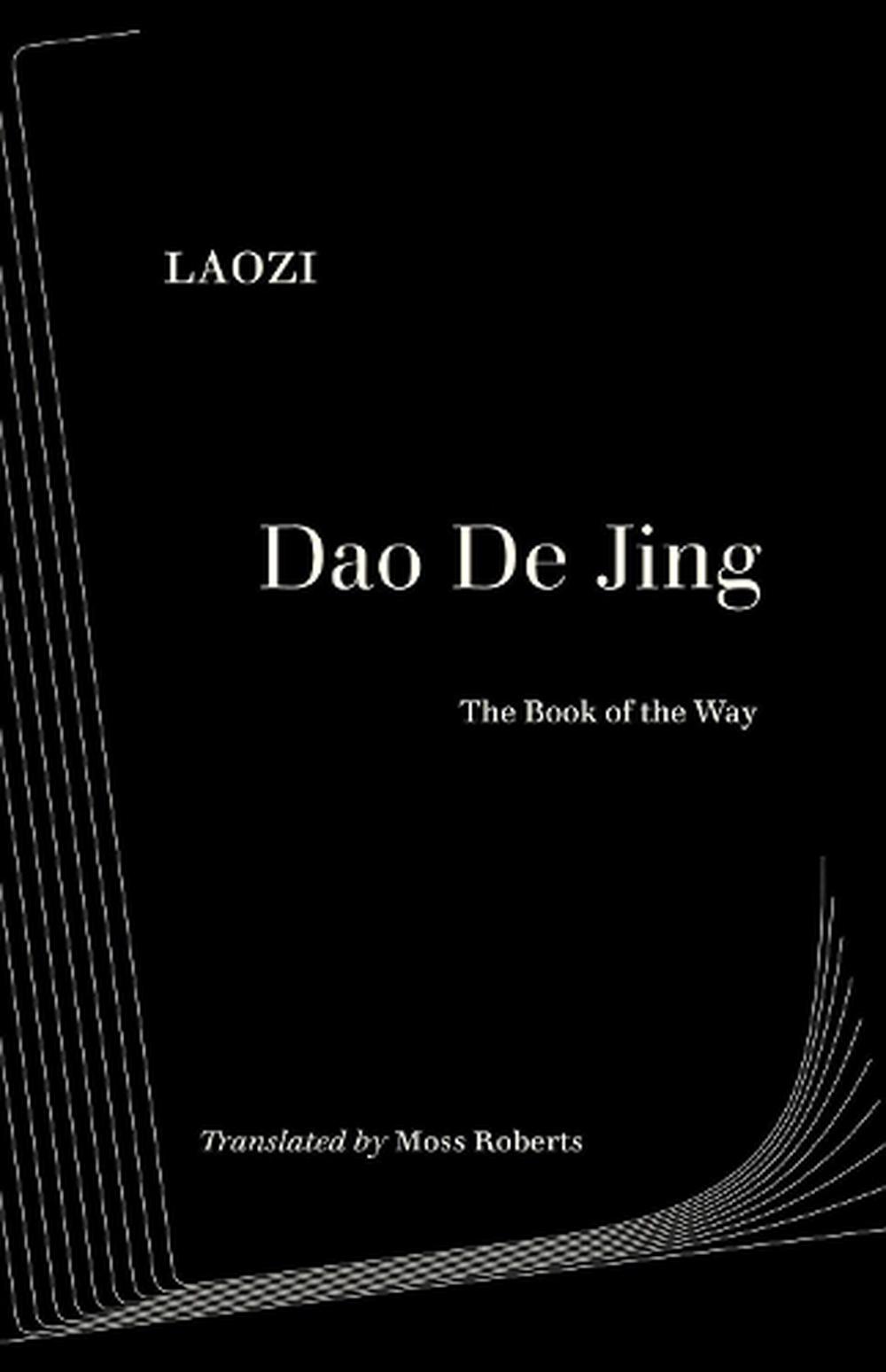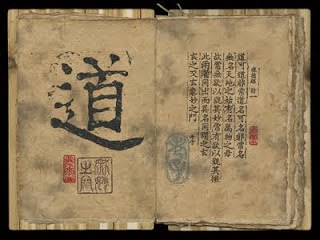

De could translated as the “way of man”, human morality, code of conduct, and/or the essence of life. Laozi was the first person known to form the concept of the Dao (the Way or the Path, Road). Laozi used over 5,000 words (characters) revealing his understanding about the meaning of the Dao (the Way) and De (Virtue and Morality). Upon arrival at the Hangguguan Pass, he was met by a border guard who insisted that he write down his philosophy and thoughts for posterity. He resigned his position and traveled to the thinly-populated west. Having worked in the national library of the Eastern Zhou Dynasty (770-256 BC), Laozi wanted to retire and go into rural seclusion. Of several stories, the most famous and well-known story that has been attached to him is how he came to write the DDJ.

For this discussion, the 81 chapters have been reduced the most important and influential six chapters: numbers 1–11–40–46–48–80 in Keping’s edition. Having read several other English translations, this one by Keping I have found to be without the Western biases and shortcuts used by others.

The English version that I have used is: The Classic of the Dao: A New Investigation, by Wang Keping. This creates the necessity for many footnotes and explanations. It is composed of 81 chapters written in a poetic style with many metaphors. The Book of Laozi, also commonly known as the Dao De Jing (道德经) (DDJ), is the major written source of Daoism. It is commonly acknowledged that Laozi’s philosophy underlies the structure or formation of the overall psychology and world view of the Chinese people. 580-500 BC) is considered the founder of Daoism. (Updated, expanded and then posted on 8-13-2022)


 0 kommentar(er)
0 kommentar(er)
